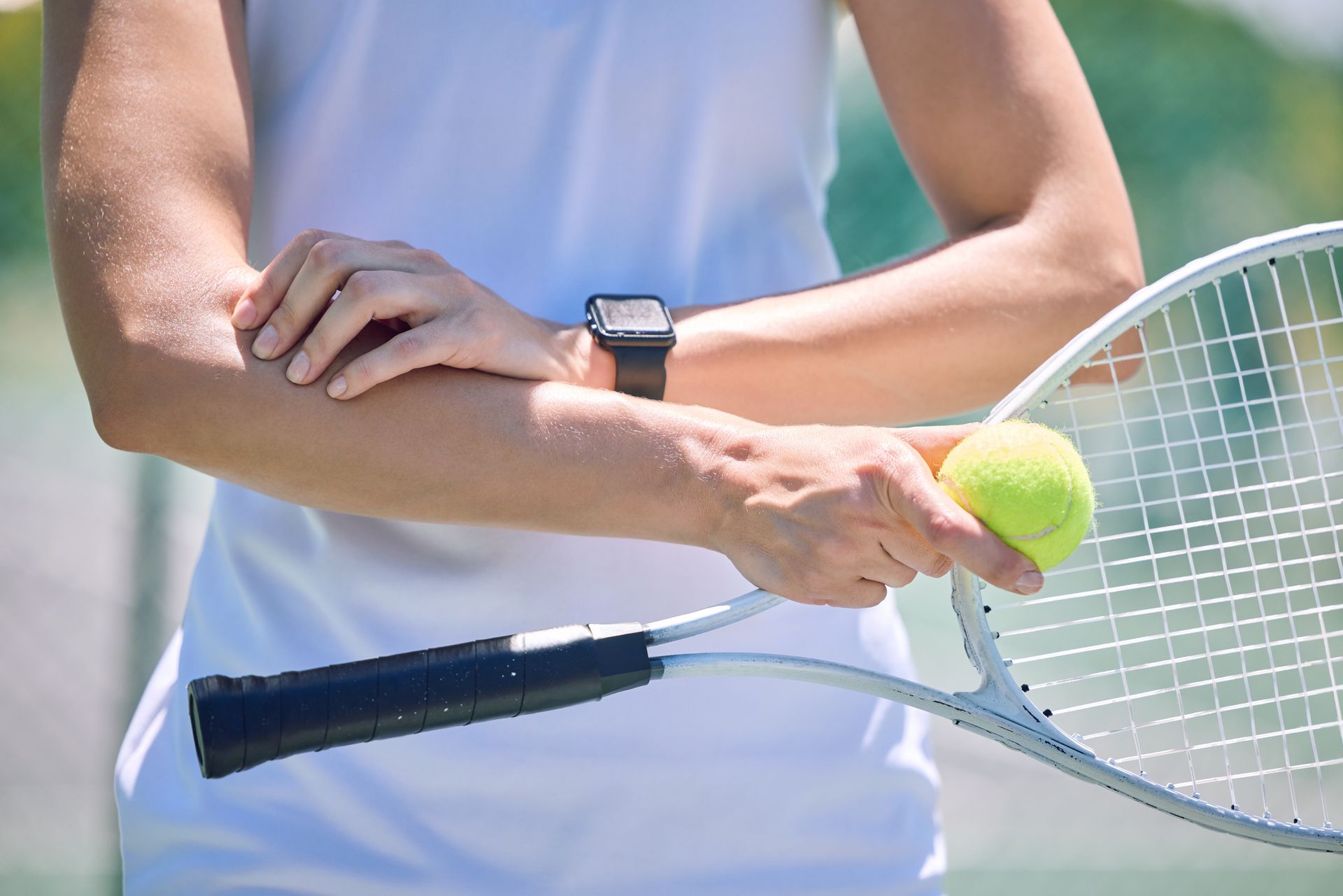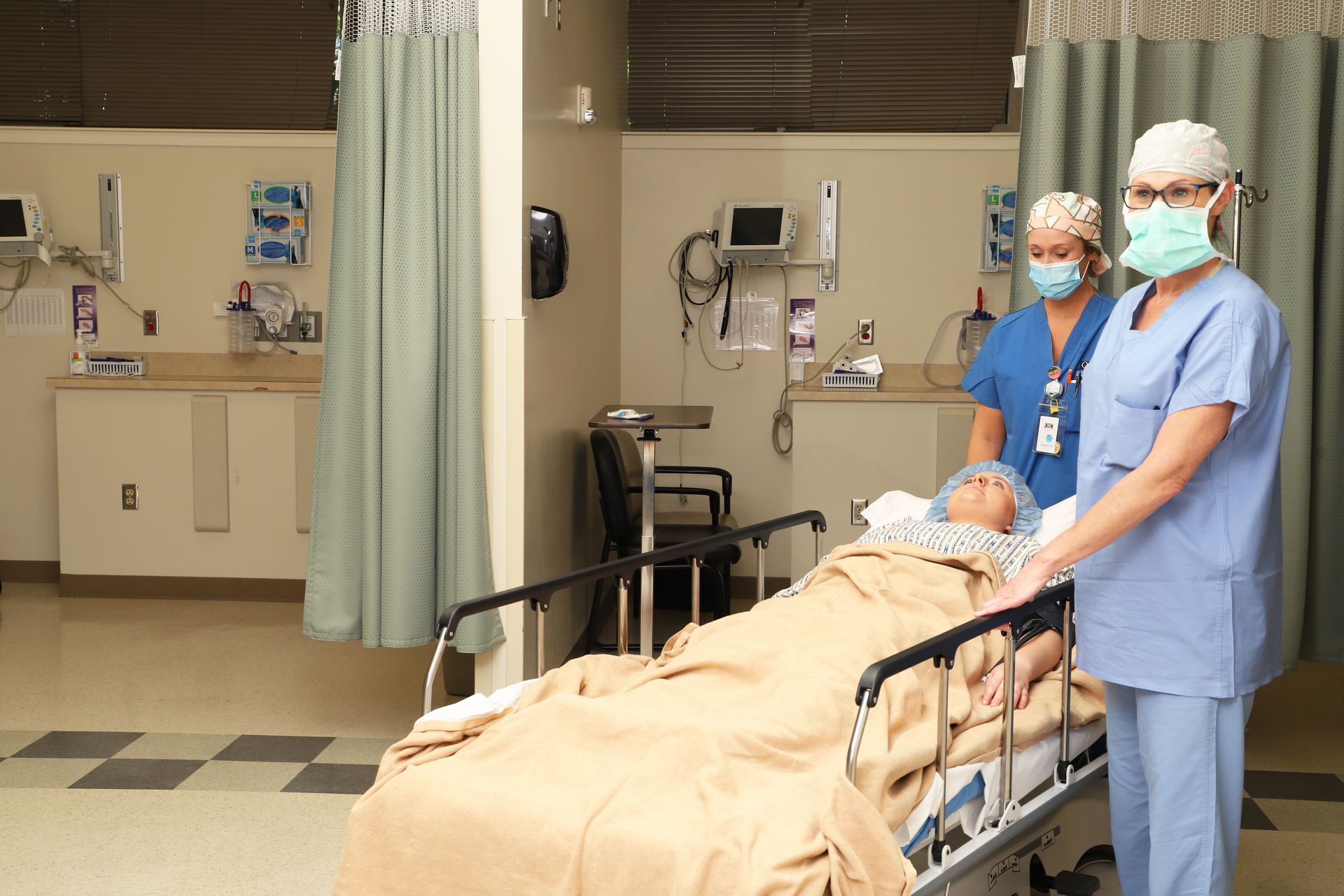Physical activity and athletic pursuits are healthy pastimes for most people. Regardless of age or fitness level, regular physical movement is a key component in safeguarding and promoting health. While many of us may attend an exercise class, visit the gym or go for a quick run, athletes take physical fitness to a different level. After all, it is their job to remain at the height of their physical capabilities for their chosen sport. While this may leave athletes in far better shape than the general public, it also increases the likelihood of sustaining a sports-related injury. Most commonly, these injuries occur in the soft tissue in the form of a sprain or strain.
What’s the Difference Between a Sprain and Strain?
Both sprains and strains are the result of acute injury involve some degree of stretching of soft tissue. In severe instances, there may even be complete tearing. The key differentiators between the two is the type of tissue affected. Sprains occur in ligaments, whereas strains may occur in muscle or tendons. The most common sites for sprains are the knees, ankles and wrists, while strains are most frequently seen in the back and legs, particularly the hamstrings.
Grades of Sprains and Strains
Determining the severity of a sprain or strain is the first critical step in identifying the course of treatment. There are three specific grades of injury, ranging from mild to the most severe:
- Grade 1 (mild) – Slight stretching and damage to the tissue fibers.
- Grade 2 (moderate) – Stretching to the point of partial tearing of the tissue.
- Grade 3 (severe) – Complete tear of the tissue, leading to instability and loss of function in the affected area.
Treatment Protocol for Sprains and Strains
Immediately following a soft tissue injury such as a sprain or strain, most patients can benefit from R.I.C.E. therapy:
- Rest- Take time away from physical activity to allow the injury to heal. In more severe cases, this may mean avoiding weight-bearing and the use of crutches.
- Ice – During the first 24 to 72 hours following a sprain or strain, ice the injured area for 15 to 20 minutes, 3 to 5 times daily.
- Compression – Wrap the injured area using even pressure, but not too tightly, until swelling can begin to subside.
- Elevation – In an injured leg, keep the ankle above heart level to prevent swelling.
- Beyond this therapy, patients should seek treatment from an orthopedic specialist as soon as a sprain or strain is suspected. Such physicians specialize in all injuries and conditions that affect the bones, joints, tendons, ligaments and muscles. Not only can they determine the specific grade of the injury, they can recommend other treatment options in addition to R.I.C.E. therapy.
Additional treatment recommendations may include bracing, physical therapy, and in cases of Grade 3 sprains and strains, surgery to repair the torn tendon, muscle or ligament.
Baton Rouge Sprain and Strain Treatment
For athletes who suffer sprains and strains in the Baton Rouge area, the Bone and Joint Clinic of Baton Rouge has several sports medicine specialists who are experienced in the diagnosis and treatment of all manner of sports-related orthopedic injuries. To learn more and request a consultation, click the button below.

QUICK LINKS
SIGN UP FOR OUR NEWSLETTER:
7301 Hennessy Blvd.
Suite 200
Baton Rouge, LA 70808
tel: (225) 766-0050
fax: (225) 766-1499
4463 LA 1 South
Suite A
Brusly, LA 70719
tel: (225) 766-0050
fax:
(225) 766-1499
19065 Dr. John Lambert Dr.
Suite 2100
Hammond, LA 70403
tel: (225) 766-0050
fax: (225) 766-1499
16158 Airline Hwy.
Prairieville, LA 70769
tel: (225) 766-0050
fax: (225) 766-1499
5000 O'Donovan Blvd.
Suite 306
Walker, LA 70785
tel: (225) 766-0050
fax: (225) 766-1499
Bone & Joint Clinic of Baton Rouge, Inc. complies with applicable Federal civil rights laws and does not discriminate on the basis of race, color, national origin, age, disability or sex.
Click to view our notice.
Bone & Joint Clinic of Baton Rouge | All Rights Reserved.


